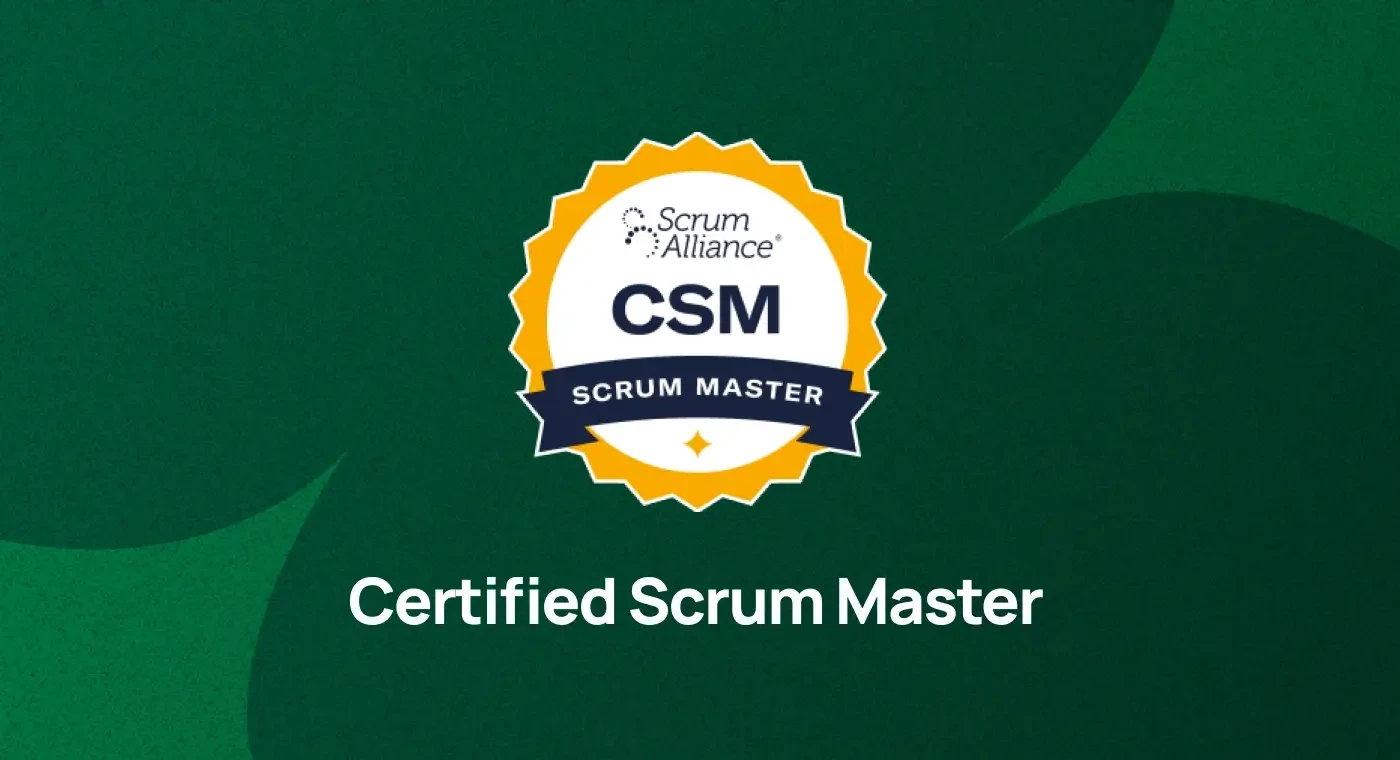Currently Empty: ₹0.00
Curriculum
- 5 Sections
- 39 Lessons
- 16 Hours
Expand all sectionsCollapse all sections
- Module 1: Introduction to Kanban4
- Module 2 Kanban System Design (KMP I)Kanban System Design (KMP I)16
- 2.1Visualizing Work
- 2.2Introduction to Kanban boards
- 2.3Designing workflows and mapping value streams
- 2.4Work item types and classes of service
- 2.5Limiting Work in Progress (WIP)
- 2.6Understanding WIP limits and their impact
- 2.7Little’s Law and flow efficiency
- 2.8Finding the right WIP limits for teams
- 2.9Managing Flow
- 2.10Identifying bottlenecks and improving flow
- 2.11Using metrics: Lead Time, Cycle Time, Throughput
- 2.12Cumulative Flow Diagrams (CFD) and their interpretation
- 2.13Explicit Policies & Feedback Loops
- 2.14Defining policies for workflow stages
- 2.15Improving work through feedback mechanisms
- 2.16Implementing cadences: Daily Kanban, Replenishment, Delivery Planning
- Module 3: Kanban Systems Improvement (KMP II)Kanban Systems Improvement (KMP II)15
- 3.1Scaling Kanban Across the Organization
- 3.2Service-oriented Kanban
- 3.3Upstream & downstream Kanban
- 3.4Portfolio Kanban and scaling considerations
- 3.5Evolving a Kanban System
- 3.6Identifying sources of variability
- 3.7Using Kanban for risk management
- 3.8Designing for continuous improvement
- 3.9Kanban Maturity Model (KMM)
- 3.10Understanding maturity levels
- 3.11Fit-for-purpose model and aligning Kanban systems with business needs
- 3.12Change Management with Kanban
- 3.13Resistance to change and leadership engagement
- 3.14STATIK (Systems Thinking Approach to Introducing Kanban)
- 3.15Driving continuous improvements with evolutionary change
- Module 4: Practical Application & Case StudiesPractical Application & Case Studies4
- Assessment & Certification0








